A small barebone "NUC 12 Extreme Kit" that can also be equipped with a video card with the 12th generation Core installed
The design of the housing is diverted from the NUC 11 Extreme Kit
The housing of the NUC 12 Extreme Kit is that of the NUC 11 Extreme Kit, and the front panel has a skull mark. The LED illumination function that emerges continues to be adopted. Controls such as LED and fan control are performed with the utility software "Intel NUC Software Studio".
An SDXC card slot and USB 3.2 Gen2 are located at the bottom of the front panel, and interfaces such as 10GbE, 2.5GbE, and USB 3.2 Gen 2 are provided in addition to two Thunderbolt 4 on the back.
Front. Front panel interface rear back panel interface located at the bottom of the front equipped with an LED illumination panel with a floating skull mark. Left side with Thunderbolt 4 and 10GbE. The right side that secures breathability with a mesh panel. This is also a top plate that uses a mesh panel. Bottom with vents for 3 exhaust fans. LED lighting bars are arranged on the left and right. The center cover is for the previous generation M.2 slot and will not work with the NUC 12 Extreme Kit without a slot in that position RGB LED illumination on the front and bottom panel RGB LED can be controlled by Intel NUC Software Studio >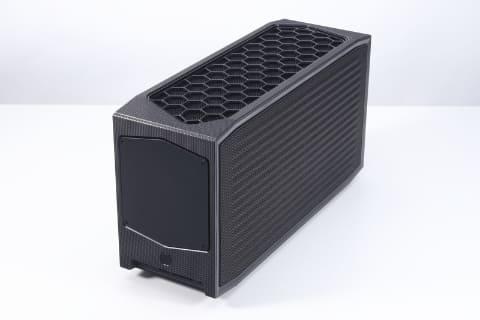
The inside of the case can be accessed by removing the back panel, the mesh panels on both sides can be removed, and the top board with the cooling fan opens and closes around the hinge on the right side.
Inside the NUC 12 Extreme Kit, there is a built-in expansion card type "Compute Element" that aggregates the main parts including the CPU, and a baseboard with an expansion slot for connecting the Compute Element and the video card. ing. The previous model had an M.2 slot on the baseboard, but the NUC 12 Extreme Kit aggregated it into the Compute Element.
Compute Element's cooling fan is covered with a duct, which cools the CPU with the air drawn from the back of the case and releases the exhaust into the case. The NUC 12 Extreme Kit has an airflow design that takes in air from the vents on both side panels by exhausting air with three cooling fans placed on the top plate, and the duct of the Compute Element is equipped with a video card. This is to effectively cool the CPU even when
When the back panel of the case is removed, both side panels can be removed. The three cooling fans are exhaust fans, inside the case that take in air from the mesh panels on both sides of the case and exhaust it to the top plate. A card-like Compute Element, a baseboard that connects it, and a PCIe 5.0 x16 slot on the baseboard where you can see the power supply unit. A power supply unit that can be equipped with a video card up to 304.8mm in length. PCIe auxiliary power supply made by FSP with an output capacity of 650W for video card connection. Two 6+2-pin connectors and one 8-pin connector are prepared for the Compute Element. The duct for taking in air from the back is arranged. The duct is fixed in the expansion slot and can be removedNUC 12 The Extreme Kit's Compute Element takes the form of an expansion card, but access to the slots for installing memory and SSD can be done while it is attached to the main unit. Rather, since multiple cables are connected to the Compute Element and it is not easy to attach or detach, the Compute Element should not be removed from the baseboard unless there are special circumstances.
Compute Element has screws for fixing the cover on both ends of the top plate side. By loosening and removing these screws, the cover can be removed together with the cooling fan, allowing access to the memory slot and M.2 slot. Both M.2 slots can be connected with PCIe 4.0 x4, but the slot closer to the CPU socket is directly connected to the CPU, so the M.2 SSD with 6Gbps SATA connection cannot be used.
The M.2 slot is located on the back side of the Compute Element, and the M.2 slot that supports M.2 2280 can be accessed by removing part of the back panel that functions as a heat sink for SSD. Since this slot is a chipset connection, the interface can be PCIe 4.0 x4 or 6Gbps SATA.
Compute Element with ducts removed. The slots for memory and SSD are provided with fixing screws on the top of the cover mounted on this unit, and by removing this, you can access the inside of the Compute Element Compute Element with the cover on the front side removed. Removed cover side with two DDR4 SO-DIMM slots and two M.2 slots. Equipped with two DDR4 SO-DIMM slots integrated with a cooling fan and a heatsink for M.2 SSD cooling. Two M.2 slots that support DDR4-3200 operation and can be equipped with memory up to 64GB (32GB x 2). The side close to the CPU socket (left side of the photo) is a PCIe 4.0 x4 dedicated slot directly connected to the CPU, and the other side is a chipset connection, so the back side of the Compute Element that supports PCIe 4.0 x4 and 6Gbps SATA is covered with a backplate. However, the M.2 slot that can be accessed by removing part of the back plate, which is partly a heat sink for M.2 SSD. PCIe 4.0 x4 and 6Gbps SATA can be used because it is a chipset connection
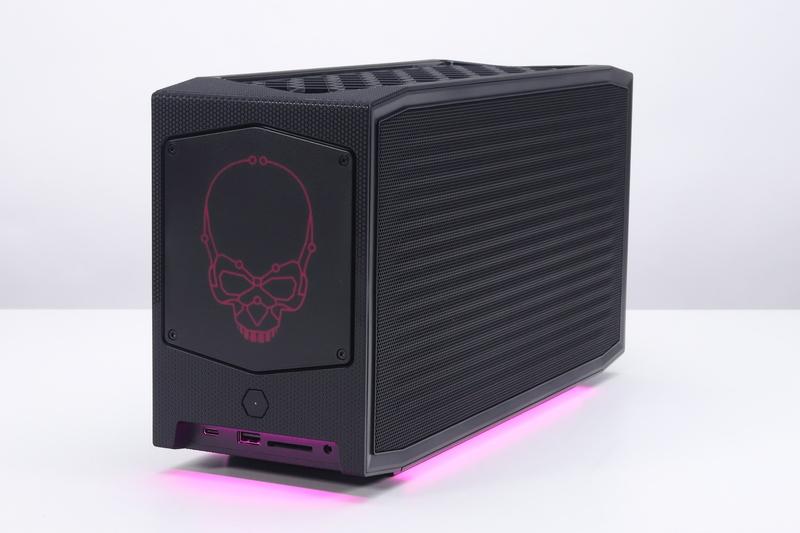
![10th generation Core i5 equipped 9.5h drive mobile notebook is on sale at 50,000 yen level [Cool by Evo Book] 10th generation Core i5 equipped 9.5h drive mobile notebook is on sale at 50,000 yen level [Cool by Evo Book]](https://website-google-hk.oss-cn-hongkong.aliyuncs.com/drawing/article_results_9/2022/3/9/4a18d0792cae58836b71b9f591325261_0.jpeg)


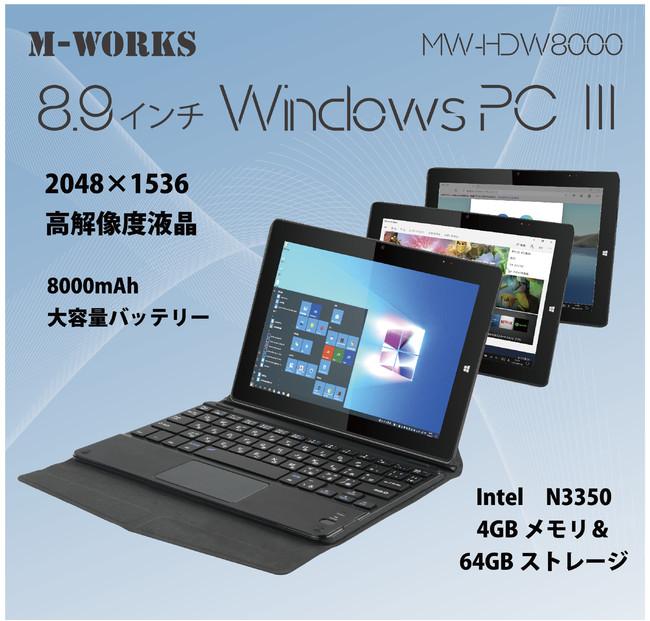
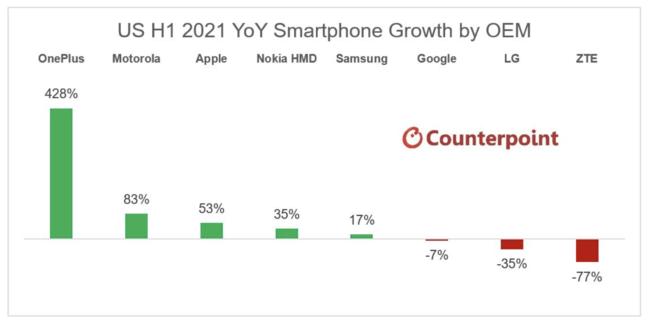
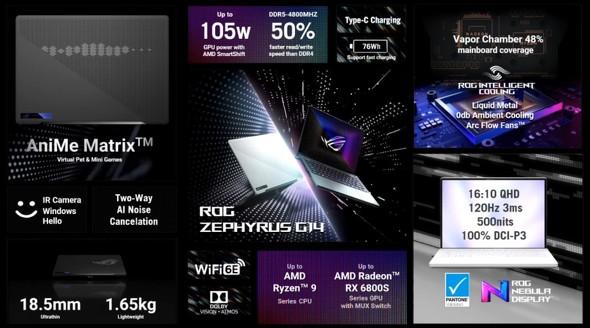
![[Amazon time sale in progress! ] 64GB microSD card of 1,266 yen and wireless earphone with noise canceling function of 52% off, etc. [Amazon time sale in progress! ] 64GB microSD card of 1,266 yen and wireless earphone with noise canceling function of 52% off, etc.](https://website-google-hk.oss-cn-hongkong.aliyuncs.com/drawing/article_results_9/2022/3/9/c88341f90bab7fe3ce1dc78d8bd6b02d_0.jpeg)
